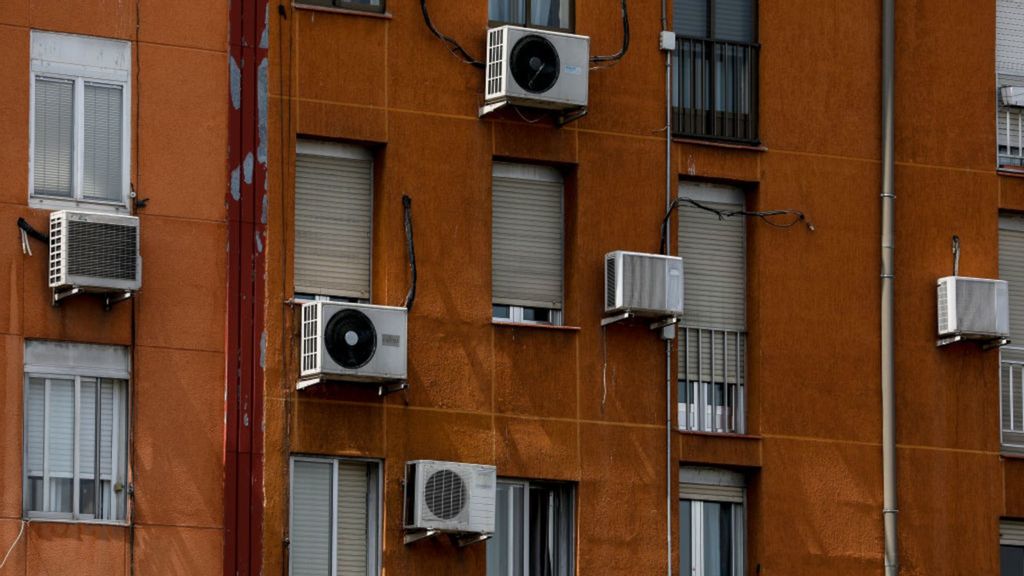An eco-friendly device that could one day replace air conditioning has been created by scientists.
Existing air conditioning is a huge driver of global warming because the refrigerants it uses are thousands of times more potent than carbon dioxide and cause huge amounts of damage when they accidentally leak.
The new device works by using solid refrigerants to effectively cool a space, say scientists.
Traditional air conditioning works by causing a refrigerant to change between being a gas and a liquid.
When liquid becomes a gas it expands and absorbs heat, which cools a room or the inside of a fridge. A compressor then turns the gas back into a liquid, releasing heat.
With air conditioners, this heat is released outside the home.
The system is efficient but growing concern about climate change is causing scientists to search for more environmentally friendly alternatives.
Solid refrigerants could be an ideal solution to this puzzle.
Unlike gasses, solids won’t leak into the environment from air conditioning units.
One class of solid refrigerants, called barocaloric materials, work in a similar way to traditional gas-liquid cooling systems.

They use pressure changes to go through heat cycles, but in this case, the pressure drives a solid-to-solid change. This means the material remains a solid, but the internal molecular structure changes.
The solid materials contain long, flexible molecular chains that are typically floppy and disordered.
Under pressure, the chains become more ordered and rigid — a change that releases heat.
The process of going from an ordered to a relaxed structure is like melting wax, but without it becoming a liquid.
When the pressure is released, the material reabsorbs heat, completing the cycle.
However, these systems need vast amounts of pressure to work effectively.
To produce these pressures, the systems need expensive, specialized equipment that is not practical to use.
The American researchers had already found barocaloric materials that can act as refrigerants at much lower pressures, and can work in a cooling system they’ve built from scratch.
Now they have built a device that cools these spaces in a practical way, which has three main parts.
One is a metal tube packed with the solid refrigerant and an inert liquid — water or oil.
Another piece of the device is a hydraulic piston or cylinder that applies pressure to the liquid.
Finally, the liquid helps transfer that pressure to the refrigerant and helps carry heat through the system.

The barocaloric materials work as functional refrigerants, turning pressure changes into cool rooms and fridges.
“Our system still doesn’t use pressures as low as those of commercial refrigeration systems, but we are getting closer,” said principal investigator Jarad Mason of Harvard University.
“Just installing an air conditioner or throwing one away is a huge driver of global warming.
“We’re really hoping to use this machine as a testbed to help us find even better materials.
“With an optimal material, solid-state refrigerants could become a viable replacement for current air conditioning and other cooling technologies,” added Harvard researcher Adam Slavney.
The findings were presented at the autumn meeting of the American Chemical Society in Chicago.
Produced in association with SWNS.
Recommended from our partners
The post Eco-Friendly Replacement For Air-Conditioning Foreseen appeared first on Zenger News.
The San Diego Monitor-News has been serving Black San Diego since 1986



